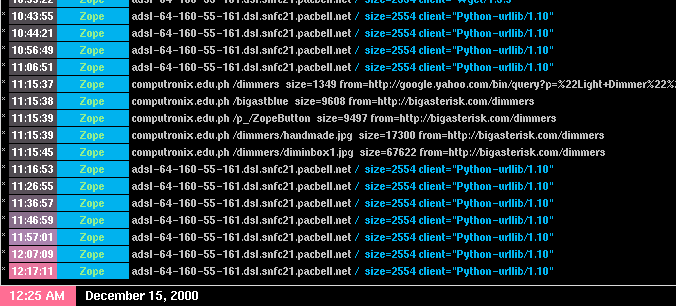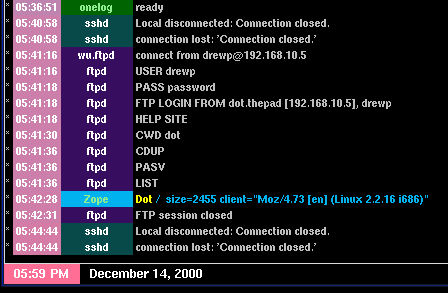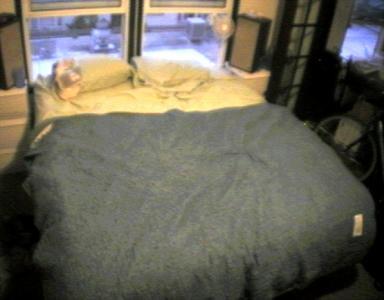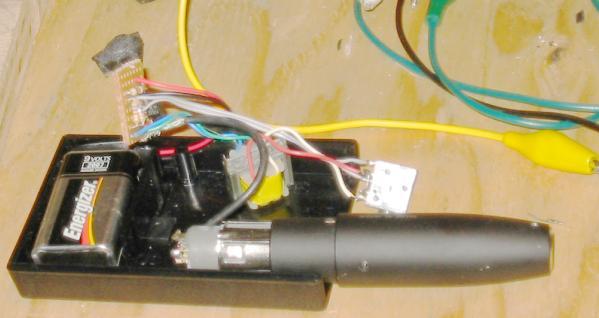Logfile monitor
Onelog is a program to watch your log files and display them in a condensed and colorful way.
Each line's time is shaded by how old the line is. New lines are pink (like the current time at the bottom), but they turn to gray over about an hour. The background of the server name is determined by the name itself; the foreground depends on the type of activity (incoming mail, http error, etc). Selected hostnames may have colors assigned to them. Finally, any substring in the rest of the line can cause the line to be colored.
Hostnames should be stored as IP addresses in the log files. Onelog's filters include a caching DNS lookup to resolve names. You can edit the cache to give hosts logical names. In the screenshot, "Dot" is my machine.
There's no friendly install, and the code may contain details particular to my setup, but you're welcome to have it. The code is in Tcl/tk and perl. Untar this in a new directory where you have made links to the log files you want onelog to watch. (It searches for files with these names: messages, syslog, Z2.log, access_log, error_log.)
onelog.tgz (first release, 12/14/2000)
It uses these perl modules:
Time::HiRes
File::Tail
Date::Manip












